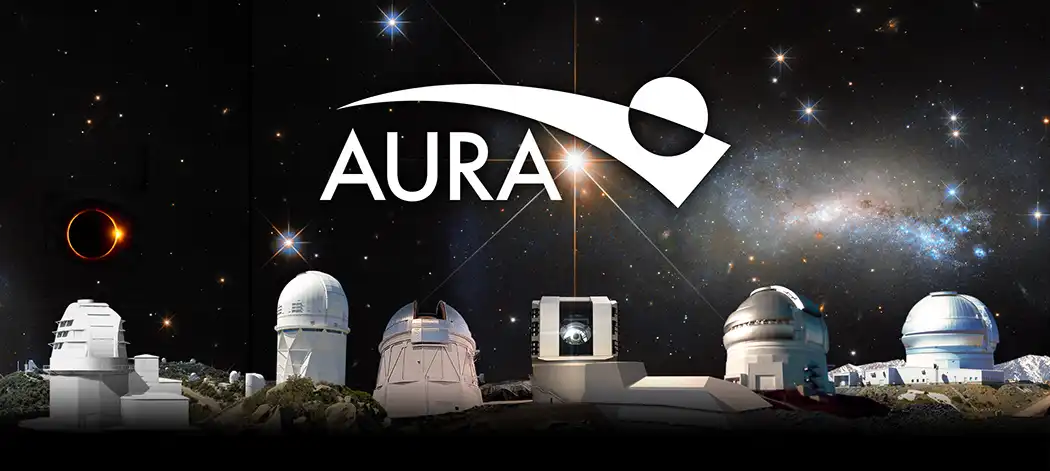Dredging begins at lava inundated Pohoiki Boat Ramp
Dredging work began Tuesday to restore access to the lava-barricaded Pohoiki Boat Ramp, eight years after lava from an eruption of Kīlauea rendered it unusable.

On Monday, hundreds of people gathered for a community celebration and blessing at the top of the ramp, which is expected to be clear of an estimated 42,000 cubic yards of black sand and boulders by November. That amount is equal to approximately 22,000 full-sized pickup truck beds.
“This is a day of celebration to recognize the collaboration of the community, elected officials and Department of Land and Natural Resources (DLNR) working together to support this project,” said DLNR Chair Dawn Chang. “The Pohoiki Boat Ramp is a piko, or focal point for this community. Fishing is a huge part of the greater Puna community, and commercial, recreational, and subsistence fishers have been waiting patiently for this work to begin. The million-dollar question is what took so long?”
Even before the eruption, Finn McCall, the head engineer with the DLNR Division of Boating and Ocean Recreation, made multiple visits to Pohoiki. Immediately after the eruption stopped, McCall continued visiting Pohoiki to shift the strategy in addressing ramp needs.
“Boy, this has been a long journey,” McCall said. “We tried looking at sites from Kapoho all the way to Kalapana. Sand and boulders continued to fill the entire bay, but once that stopped, we began focusing on restoring the Pohoiki ramp.”

The state had hoped for more federal support to approve the removal of most of the volcanic debris in Pohoiki Bay, but the Federal Emergency Management Agency (FEMA) was only able to approve restoration of the boat ramp entrance channel.
Then, it took determined efforts by state lawmakers from the district to convince the rest of the legislature that opening the Pohoiki boat ramp was the top priority for people in the district. Chang singled out the efforts of state Sen. Joy San Buenaventura and state Rep. Greggor Ilagan in securing $5.4 million of state funding for the dredging.
The total project cost came in at $9.28 million, leaving a $2.9 million shortfall, which is being covered by the Division of Boating and Ocean Recreation’s Boating Special Fund, deriving its revenues almost entirely from boating user fees.
“We needed people to understand how much it cost in fuel just to bring all our boats from the Wailoa Small Boat Harbor in Hilo, the nearest boating facility, out to Puna so they could fish to feed and support their families,” San Buenaventura said during the ceremony.

San Buenaventura and Ilagan often pointed out it was akin to only having one small boat ramp for all of Oʻahu. Dredging Pohoiki Boat Ramp has been the community’s number one priority for lava recovery since 2022.
“In 2021, I was also advocating for the alternate highway route, as that was the number-one issue that people voted on during town hall meetings, but in 2022, the community reprioritized my priorities,” Ilagan said. “This was the number one issue out of 12 town halls in Puna. This was always the one that rose to the top.”
Chang received letter after letter, comment after comment from upset and frustrated fishers, some of whom had to give up their generational livelihoods of fishing because it became too expensive. Family members with lineal connections to the coastline were not able to fish, either.

Every speaker, including the consulting company and contractor hired to do the work, praised the community for not giving up and pushing to have Pohoiki restored.
“This has been one of the most eye-opening, humbling projects I’ve ever worked on,” said Kyle Kaneshiro of Limtiaco Consulting. “The community made everything so easy. This is not an easy project, but the community got everyone together.”
“I’ve been to many ground blessings and ceremonies,” added Guy DiBartolo from Goodfellow Bros. Inc. “This one for me, stands out as something unique and special, seeing the community’s involvement over many months and years.”

Pohoiki was and still is a gathering place because it is unlike any spot on the east side of the island. The state park was a space where ʻohana could spend the day surfing, swimming and even camping overnight.
“Summertime for me was coming down here, making the two-hour drive each way from Kaʻū with my father to dive, surf, or just relax,” said DLNR First Deputy Ryan Kanakaʻole. “This day makes me remember my dad. He didn’t have a house, but he had a car and I’ll never forget those days spent at Pohoiki.”
The contractor has nine months to complete the project but expects to be finished in November.









